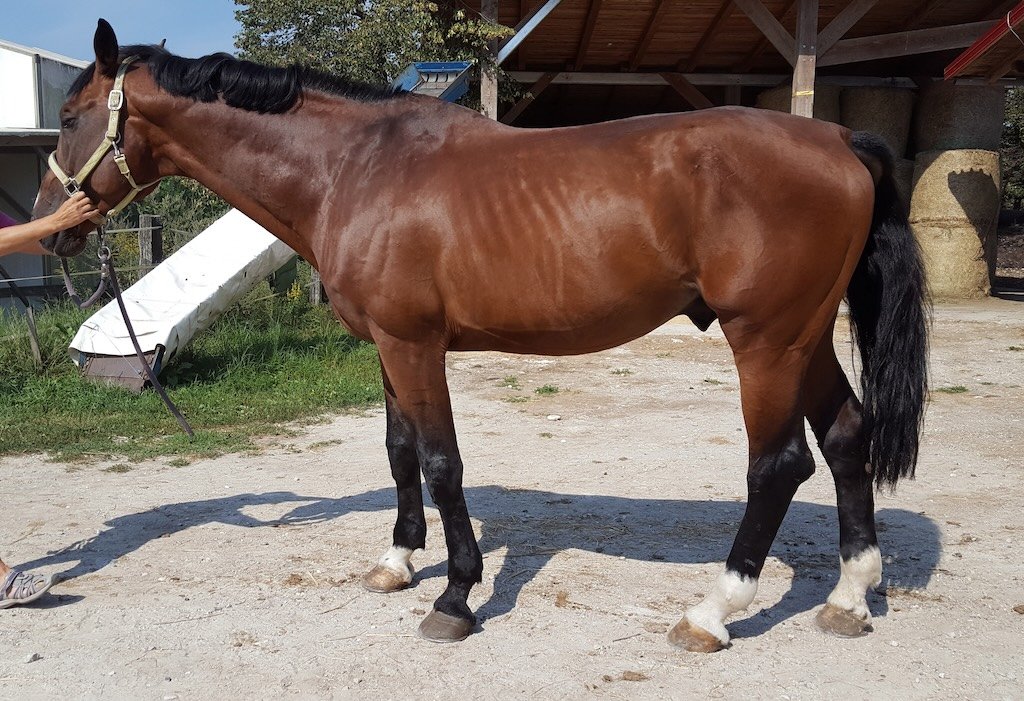Different types of muscle dysfunction
Did you know that muscle dysfunction comes in two specific flavours? This is why it matters to address both of them.
Issues in the horse’s body are usually a combination of weakness and tightness, resulting in dysfunctional movement and muscle development.
Muscle problems generally come in two flavours – overdeveloped, tight muscles, and underdeveloped, weak muscles. When we are talking about muscular dysfunction, we will usually see both problems in the same area. So, whenever we come across a tight muscle, we need to look for its counterpart – the weak muscle. While muscle function is a pretty complex subject, we can afford to generalise a bit and say that it's usually the postural muscles that will become weak and big movement muscles will become tight. Some of the most common examples in horses are tight long back muscles (longissimus dorsi) and weak deep back muscles (multifidus). Another common example are tight hamstrings and weak quadriceps. A slightly less obvious one, but also quite common – tight rectus abdominis (sixpack) and a weak transversus abdominis. The psoas is an interesting one, because it can swing either way – because it is both a movement and a postural muscle it can become either tight or weak, depending on what's going on elsewhere in the body.
Why is all of this important? Because in order to restore function, it isn't enough to merely release the tight muscle. We also need to build up the weak one, otherwise, the muscle that we released will just become tight again. If you have a horse that keeps having a tight back, or sensitive hamstrings, make sure to address the weakness too. Usually, the right time to start doing this is after a bodywork treatment. In this way, we are taking advantage of the fact that the tightness had just been released and the nervous system is more susceptible to new ideas. And while it might be tempting to go out and work your horse for an hour over cavaletti in order to strengthen those weak core muscles, please don't. Be gentler. The weak muscles will need very gentle stimulation in order for us to stay below the nervous system's brace radar. If we do too much at once, it will try to protect the weak muscles by recruiting the muscles that like to become tight. So, too much work will be counterproductive.
Instead, do very, very gentle exercises, targeted more towards talking to the nervous system than actually building muscle. Think about trying to tempt the nervous system to think outside of the box – try gentle balancing exercises, rocking motions, stabilising pads, tail pulls. Your bodyworker should be able to provide a list of appropriate exercises. By addressing both forms of dysfunction, you will be able to get better results faster.
Associated content:
